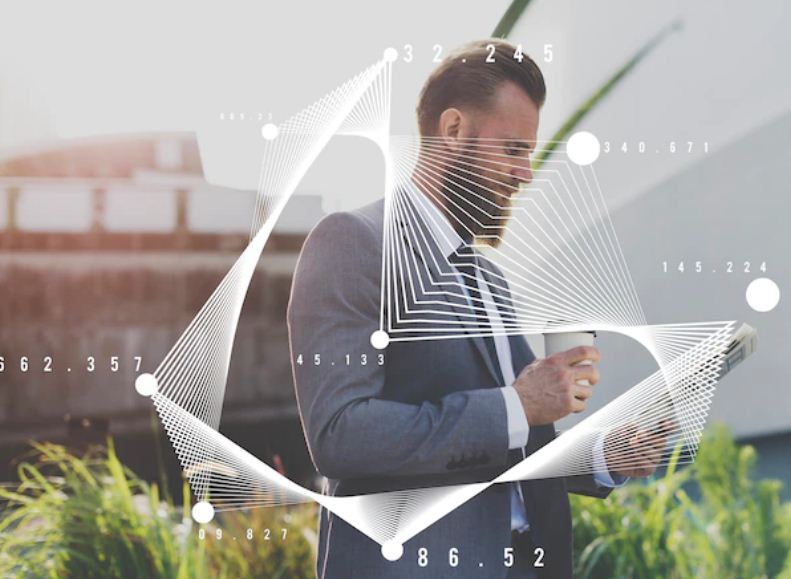Text-to-graph machine learning is an emerging technology that lets you automatically construct graphs or networks from text and detect relationships between the entities in those graphs. While this is an emerging technology, it is expected to transform the utility of artificial intelligence.
Text to graph machine learning is crucial in building a knowledge graph and in natural language processing (NLP) effectiveness. NLP refers to computer programs that interpret and understand human language rather than just code. The main advantage of text-to-graphs is that they can identify patterns in unstructured data to make sense of the information.
For example, analyzing emails or phone calls can help you understand how people connect within an organization. You can also use it to visualize your customer journey (e.g., from acquisition to retention) based on user reviews on your website or product reviews in app stores.
How does it work?
Text-to-graph machine learning uses machine learning technology to extract entities from free text and then find relationships between these entities.
The goal is to find all the most essential entities (noun phrases, names, places, etc.) in a document or set of documents and then find out how these entities are related to each other (a person works at an organization, someone knows someone else).
You can use this process to identify any entity mentioned in a document and then find people who talk about specific topics online and their connections with each other.
What are some reasons to use it?
It will transform AI
Although this is an emerging technology, experts predict that text-to-graph and graph neural networks will transform artificial intelligence (AI) — how people think and act upon problems. Text-to-graph machine learning technique automatically constructs graphs or networks from the text.
Its use presently exists in various domains such as social media, medical records, emails, etc. It helps bring text data closer to structured data, making it easier for computers and people to understand them better.
Helpful in representing relationships and mining connections
Graph structures display the relationships existing between entities. They can be used for everything, like planning routes and finding the shortest path between two places. Graphs are also helpful in mining connections from text data because they allow you to represent complex information in a structured way, making them easier to process by machines.
It helps detect complex patterns in texts
Text-to-graph can also help detect text patterns by simply recording the frequency of certain words. For example, you can use text-to-graph to search for multi-word phrases like “the best” or “the worst,” which is not accessible using traditional tools. Pattern recognition of this type is crucial because it allows you to understand the meaning behind a sentence without first having to translate it into a series of words and phrases. An example of this might be someone wanting to find out whether something is “good” or “bad” but not wanting specific details about what makes something good or bad (e.g., good or bad compared to what?).
It helps companies understand customers better
Companies will be able to use this technology to understand their customers. Knowing your customers and their behavior helps you to serve them better. In return, it will allow companies to develop more personalized products and services and identify new growth opportunities.
Text-to-graph machine learning is a powerful technology that can help companies make better decisions, develop more personalized products and services, and identify new growth opportunities. It analyzes unstructured text data and extracts entities like people or places.










